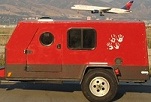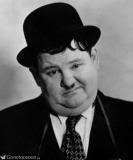Cutting long boards
16 posts
• Page 1 of 2 • 1, 2
Cutting long boards
Ok I have the plan of buying some cherry in the form of eight to ten foot boards to cut down into one to two inch strips to act as molding between the roof and side walls, and in the wall corners. I have a table saw and to be honest have not been successful in cutting strips like this in the past. So for those more skilled than I what is something i can do other than practice practice practice. (which I am sure is the key) I also plan on attempt some strips for the galleyto frame out the cabinets. still gong to use cargo nets instead of cabinet doors. Thank you all. feels good to build again!
"All the success on the trail can not compensate for having square headlights"
"I've got a fever and the only prescription is more cowbell!"
http://www.tnttt.com/viewtopic.php?f=50&t=37701 Build Journal
"I've got a fever and the only prescription is more cowbell!"
http://www.tnttt.com/viewtopic.php?f=50&t=37701 Build Journal
-

Forrest747 - Cowbell Donating Member
- Posts: 1327
- Images: 447
- Joined: Mon Apr 06, 2009 3:40 am
- Location: West Valley Utah, Utah





